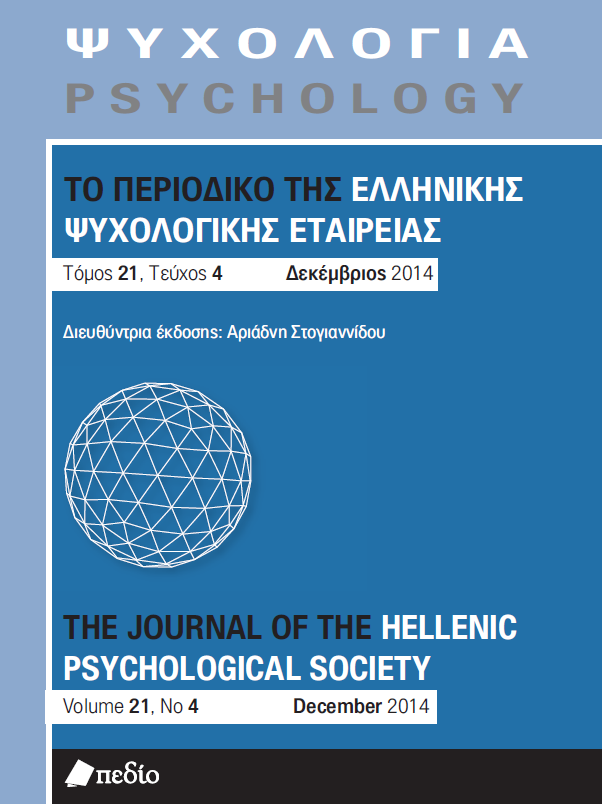Does self-categorization process in Roma children explain their difficulties at school?

Abstract
The current study aimed at the understanding of the difficulties Roma children encounter in school through the understanding of the process of their selfcategorization. It is examined whether the stereotypes of the dominant group for them are adopted by the young Roma through the self-categorization process adjusting their behavior. The behavior beyond the ordinal school rules, the school failure and the vocational guidance as stereotypes of the Greek society for the Roma were examined as well. Forty Roma infants and children participated in the study. Participants identified themselves with a Roma protagonist of the puppet show who was in intergroup comparisons and afterwards they answered questions about the dimensions of the school life that correspond to negative stereotypes for the Roma. Results showed that the stereotypes of the out group are recognized and attributed to the Roma protagonist since their infancy, and without having the experience of the actual intergroup relations within the school settings. Roma children adopted the stereotypes denoting that they have behavioral problems at school, that they have learning difficulties, and that they will follow a job of a low social status in their lives. The actual intergroup conditions during schooling change some of the adopted stereotypes through the process of the self-categorization. The results are discussed in the light of the intervention programs.
Article Details
- How to Cite
-
Πνευματικός Δ., Γκέκα Μ., & Διβανέ Μ. (2020). Does self-categorization process in Roma children explain their difficulties at school?. Psychology: The Journal of the Hellenic Psychological Society, 20(2), 194–209. https://doi.org/10.12681/psy_hps.23537
- Issue
- Vol. 20 No. 2 (2013)
- Section
- RESEARCH PAPERS

This work is licensed under a Creative Commons Attribution-ShareAlike 4.0 International License.
The journal PSYCHOLOGY adopts a Platinum open-access policy. Submission, processing or publication costs are waived by the Hellenic Psychological Society. Papers published in the journal PSYCHOLOGY are licensed under a 'Creative Commons Attribution-ShareAlike 4.0 International' licence. The authors reserve the copyright of their work and grant the journal the right of its first publication. Third-party licensees are allowed to use the published paper immediately after publication as they wish, provided they retain the defined by the license copyright formalities, regarding the reference to its author(s) and its initial publication in the journal PSYCHOLOGY. Moreover, any adjusted work should be shared under the same reuse rights, so with the same CC license.






